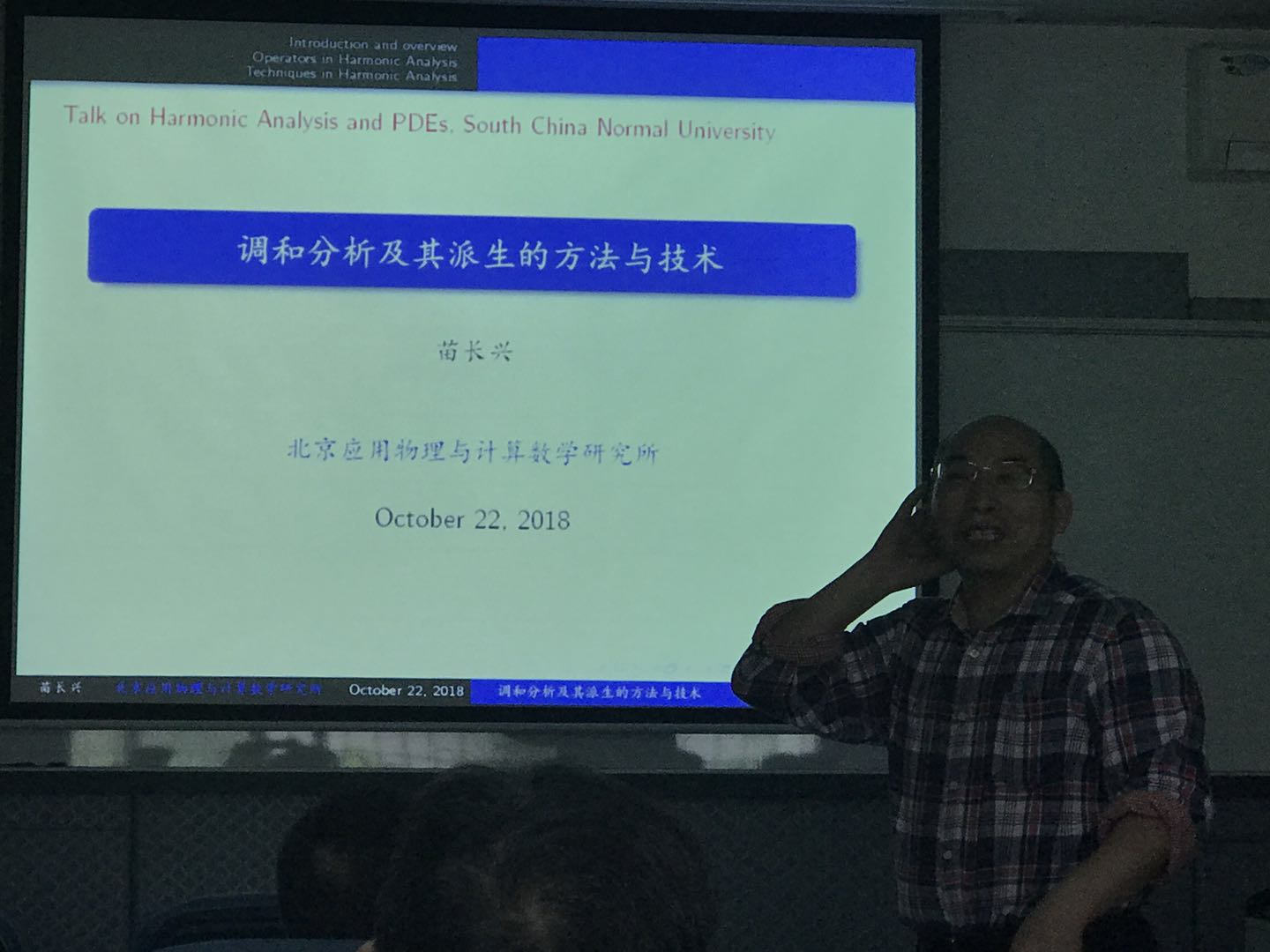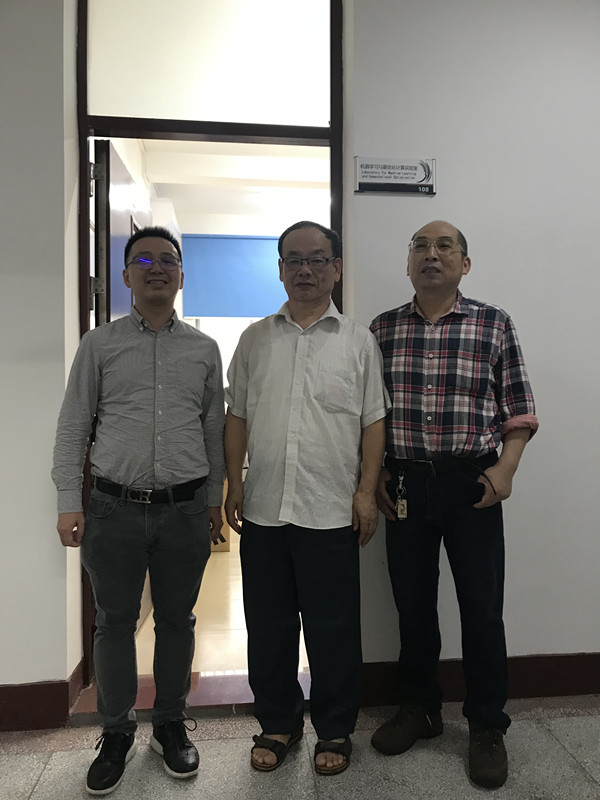Colloquiums and Conferences
Harmonic Analysis and Its Derivative Methods and Techniques
Time: 2018-10-22 19:25:00
Topic:Harmonic Analysis and Its Derivative Methods and Techniques
Speaker:Research Changxing Miao
Beijing Institute of Applied Physics and Computational Mathematics
Time:2018-10-22 10:30--11:30
Location: Room 401 in School of Mathematical Sciences
Introduction:
Modern harmonic analysis corresponds to analysis in phase space. Heisenberg principle is a bridge between physical space and frequency space. From differential operator, quasi-differential operator and Fourier integral operator, it fully reflects the transformation of modern harmonic analysis object and the naturalness of geometric integration analysis (phase space up-regulation and analysis correspond to cotangent bundle). Divide and conquer is the main feature of harmonic analysis technology. Art and philosophy mainly show how to identify which kind of decomposition is suitable. Then develop the geometric or combinatorial properties of the problem. Specifically, how to control the overlap between different geometric objects derived from decomposition (sphere, tube, tile, cuboid, curve, etc.) The curvature and transversal of a surface play a key role in establishing control estimates. This report intends to study not only functions and operators in physical space, but also their interaction in frequency space from some well-known operators. It focuses on discussing such as Hormander-Mikhlin multiplier theorem, Coifman-Meyer multiplier theorem and T1 multiplier theorems,Cotlar-Knapp-Stein lemma, Schur-Test lemma, Christ-Kiselev lemma and many famous inequalities play a role in them.

